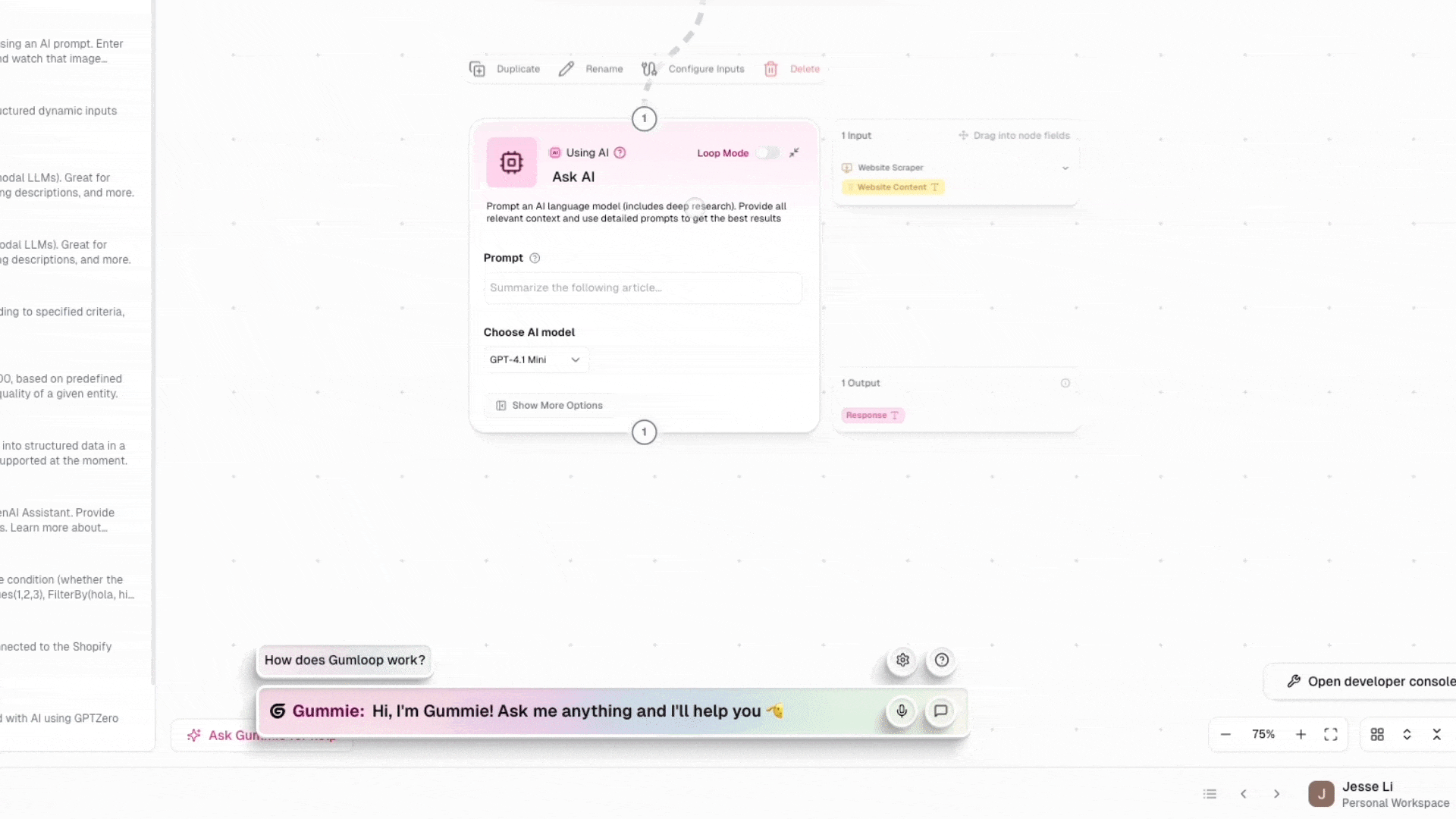Spells (Coming Soon)
Radial Menu
Using the Radial Menu for spell interactions
The Radial Menu is Cedar’s flagship spell interface that enables instant AI command execution through an intuitive circular menu system. It provides users with lightning-fast access to complex queries and context-dependent actions with sub-100ms response times.


What is the Radial Menu?
The Radial Menu is a context-aware command palette that appears as a circular interface around your cursor. It’s designed to give users magical control over AI interactions without requiring text input - you simply right-click or use a hotkey to instantly access powerful AI commands.Key Features
- Instant Activation: Right-click or hotkey activation
- Complex Query Support: Pre-configured prompts for sophisticated AI interactions at the users fingertips
- Context-Dependent Commands: Menu options can change based on your current application state
- Sub-100ms Execution: Commands execute immediately without delay
- State-Aware: Automatically includes relevant application context
How It Works
1. Activation Methods
The Radial Menu can be triggered through multiple methods:2. Context-Dependent Commands
The Radial Menu automatically adapts its available commands based on your current context:3. Instant Execution
Commands execute immediately when selected, with results appearing in your preferred chat interface:Implementation Guide
Basic Setup
- Install the Radial Menu Provider:
- Configure Default Commands:
Advanced Context Integration
Integrate with Cedar’s state system for powerful context-aware commands:Custom Command Types
Create different types of commands for various use cases:Integration with Cedar Features
With Mentions System
With Voice Integration
Best Practices
1. Command Organization
- Group related commands by color and position
- Limit to 8-12 commands per context to avoid cognitive overload
- Use clear, action-oriented labels (e.g., “Explain This” not “Explanation”)
2. Context Sensitivity
- Always check context availability before showing commands
- Provide fallback commands when no specific context is available
- Use progressive disclosure - show more options for power users
3. Performance Optimization
- Cache command generation for frequently accessed contexts
- Preload common prompts to ensure sub-100ms execution
- Use lazy loading for complex command calculations
4. User Experience
- Provide visual feedback during command execution
- Show keyboard shortcuts in command labels when available
- Animate menu appearance for smooth interactions
Next Steps
- Learn about other spell types
- Explore agent input context for advanced context handling
- Check out voice integration for hands-free operation

